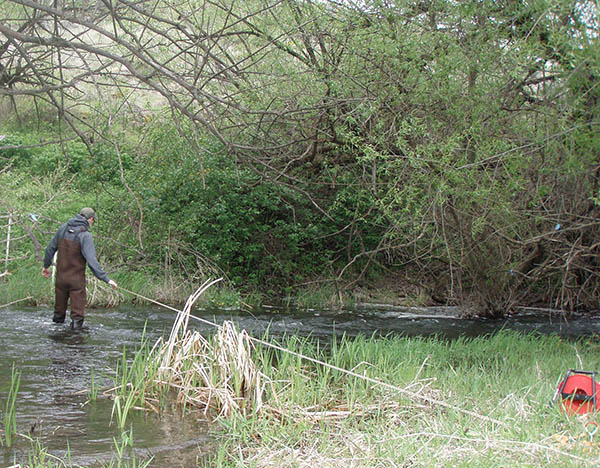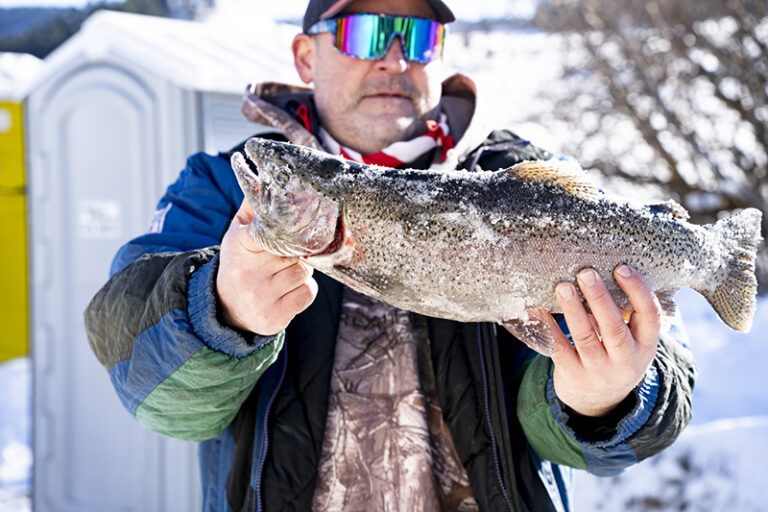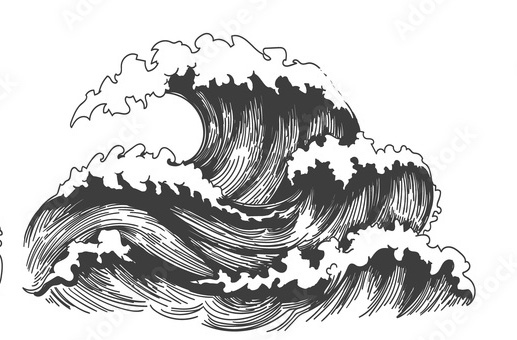So much of the Pacific Northwest’s public lands and backcountry are located east of the Cascades. With the help of five outdoor enthusiasts, some who make their living out in the woods, we explore the diverse ways people work and play across the Inland Northwest’s vast wildlands. Their stories offer behind-the-scenes insights into the wild places we love, and we hope they will inspire you to get out and explore more of the region’s world-class mountains, forests, trails, and waterways.
As a field biologist, restoration ecologist, and wildlife biologist, I spend much of my time in the backcountry looking at the small scale in order to gain a better picture of the large scale. Many of my days are spent bending over a meter of ground or transect tape, characterizing the vegetation (sapling, shrub, forbs, grass), and then moving on to the next sampling plot. Or, I walk trap lines in order to monitor or radio collar small rodents, in an effort to better understand habitat health.
In the last few years, I have specifically been working in the field of restoration ecology. This is the complex process of “restoring” a piece of land to something similar to its natural function. Examples of this are turning an old hay field into a diverse prairie, enhancing timber stands to support more deer and elk browse, or planting riparian trees and shrubs to help stabilize banks and shade streams.

I have learned a few things over the years. For example, as much as humans try, we are pretty poor at replicating natural disturbance. Natural disturbances are important for various ecosystems as a method to reset the clock. Natural cycles of fires and floods help to clear land, redistribute nutrients, open new habitats, and provide for different plant and animal communities.
I have also learned that to continue to have healthy and productive landscapes to work, live, and recreate in, we need to put greater efforts into conservation and restoration. Conservation of wilderness and natural ecosystems gives us a reference for how environments function properly. Restoration allows us to restore ecosystem function such as flood retention, nutrient cycling, and diverse wildlife and plant habitats, as well as providing more lands for hunting, fishing, backpacking, mountain biking, trail running, and bird watching.
Although I witness the effects of our use on the backcountry landscape, I also get to watch it recover from these uses. I have chased radio-collared grouse in the woods of New England and prairies of eastern New Mexico in order to determine population numbers and habitat use. I have walked into a holding pen for Mexican gray wolf reintroduction to bandage a cut paw on a huge, scared wolf. I have seen timber harvest done with wildlife habitat in mind that led to an abundance of native shrubs and wildflowers.
Much of my field days are spent hunched over, but I have to stretch and look up every once in a while. This is when I get to watch the day pass over the landscape. In the morning there is much activity: the birds are flying and feeding their young, and I usually scare up a faun or lone doe. In the heat of the afternoon, many of the songbirds are still, but the ground squirrels are whistling at my approach, and the occasional eagle soars by with its chittering to its young. As the light fades, nighthawks and bats take flight and the occasional coyote calls among the hills. Being lucky enough to have a job that gets me out in the backcountry, most days I can ignore the mosquitoes, ticks, and 100 degrees. At the end of the day, I can set up my hammock at the edge of a timber harvest, write an article, and watch the landscape slowly fade into night.
[Feature photo: Checking amphibian traps. // Adam Gebauer]













